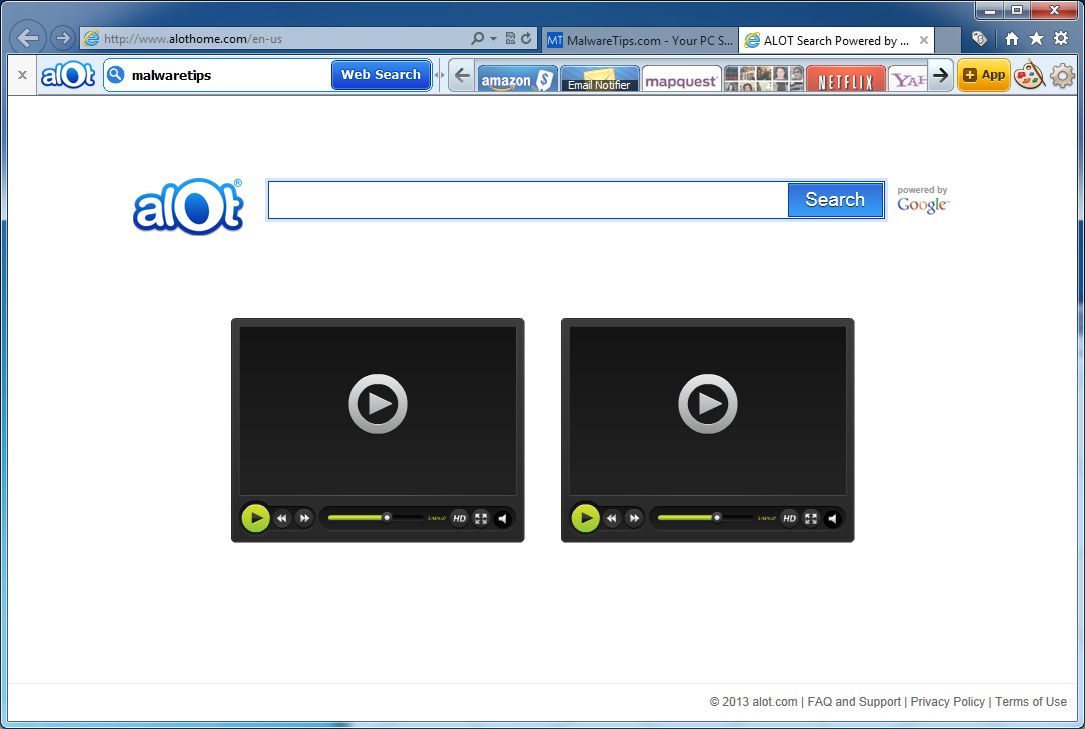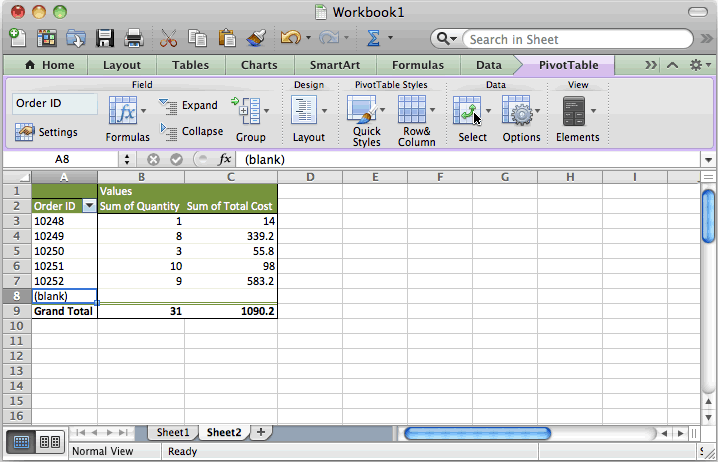Will Upgrading My Os For Mac Delete My Files
Posted : admin On 30.01.2019
Here’s what you need to copy after a clean installation: Applications: OS X installs a number of applications, many of which you probably use every day. These include the Safari web browser, Mail, Calendar, iTunes, iPhoto, and the iWork apps (Pages, Numbers, and Keynote). But you probably use plenty of other apps on your Mac. If you have purchased apps from the Mac App Store, you’ll need to re-download them; if you copy these apps from one Mac to another, they won’t work.  But for any apps you’ve purchased directly from developers, it’s easier to copy them manually. And this is a good time to decide which of the many apps in your Applications folder you want to keep.
But for any apps you’ve purchased directly from developers, it’s easier to copy them manually. And this is a good time to decide which of the many apps in your Applications folder you want to keep.
• From the Apple menu, select System Preferences, then choose the Time Machine icon. Select the “Show Time Machine in menu bar” checkbox.
Prism file converter for mac. Prism Video File Converter is a useful application developed by NCH Software to convert videos into any of the most popular formats. Thanks to this application you can convert dozens of videos by the batch to or from any of the following formats: AVI, MPG, VOB, ASF, WMV, FLV, MP4, 3GP, and OGM, among others.
Therefore, she really wants to know: 'Will upgrading to Windows 10 delete my files? Toc in word for mac 2011. A: According to Microsoft Answers post, your data will be safe throughout the upgrade. However, in fact, Win 10 users’ feedback shows that some users encountered data loss issues after upgrading to Windows 10. Create and delete users in Mac OS X Create a new user. To allow users to log into your Mac OS X computer, create an account for each of them. From the Apple menu, select System Preferences.; From the View menu, select Users & Groups (Mac OS X 10.7 or later) or Accounts (Mac OS X 10.6 or earlier).; If it's locked, click the padlock in the bottom left corner of the window, and then.
For example,. Like program installers on Windows, they’re useless after the program is installed. Check your Downloads folder in the Finder and delete any downloaded files you don’t need anymore.
Some of these applications can be taking up a ton of space. To find out which applications are using up the most space, open a Finder window and select Applications. Click the “Show items in a list” icon on the toolbar and then click the Size heading to sort your installed applications by size.
How to migrate files to a new Mac Apple includes a very useful tool as part of its Mac operating system: Migration Assistant. This feature is the same as Setup Assistant, which only runs during the setup of a new Mac; therefore, once you have set up the computer, you will have to use Migration Assistant. When you set up a new Mac, the Setup Assistant offers to copy your files. To use this tool on a Mac: • Connect two Macs using a Thunderbolt, FireWire, or Ethernet cable. • Connect the new Mac to a hard drive where you have cloned your startup volume (using an app like Intego Personal Backup), or connect it to a drive where you've done a Time Machine backup. • Select the Mac or hard drive from which you want to copy data, and then select what type of data you want to transfer—user accounts, applications, other files and folders, and settings—and wait while the files get copied. As you can see, Migration Assistant is easy to use.